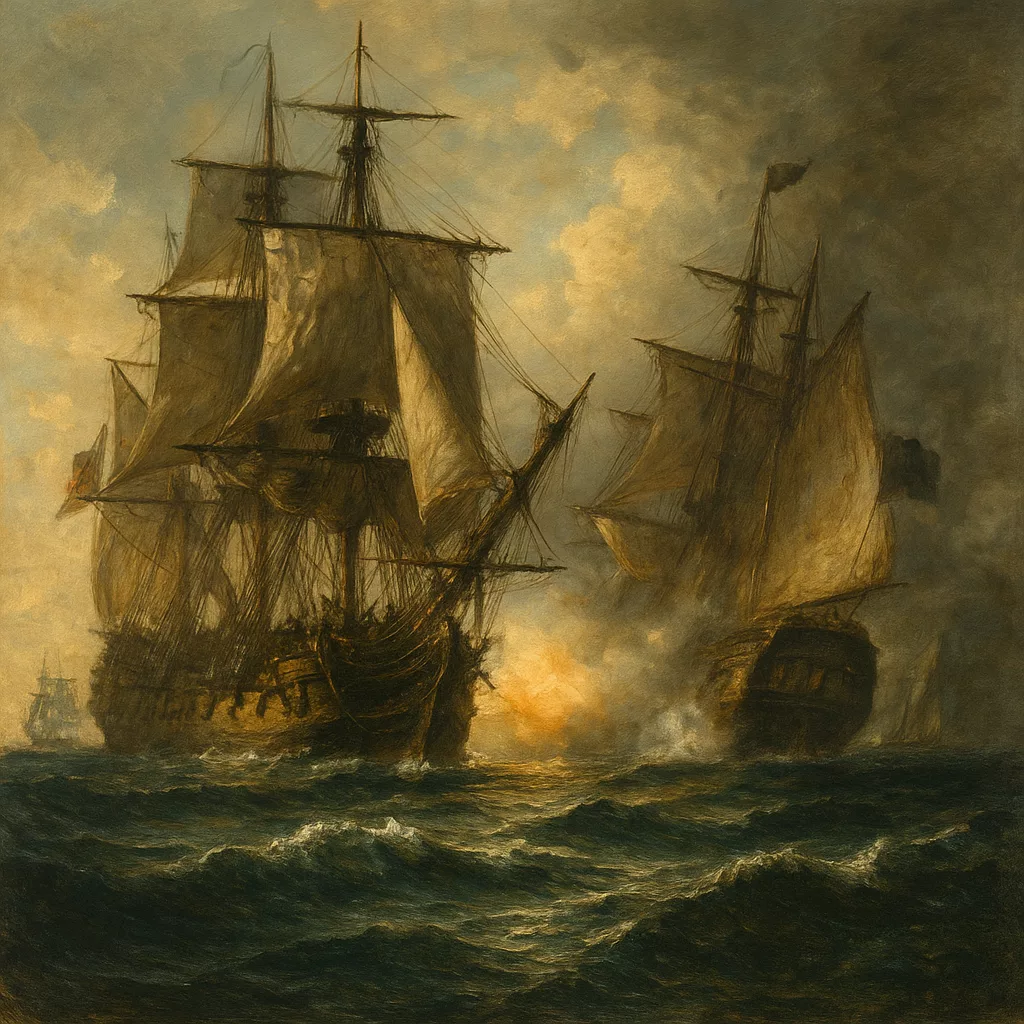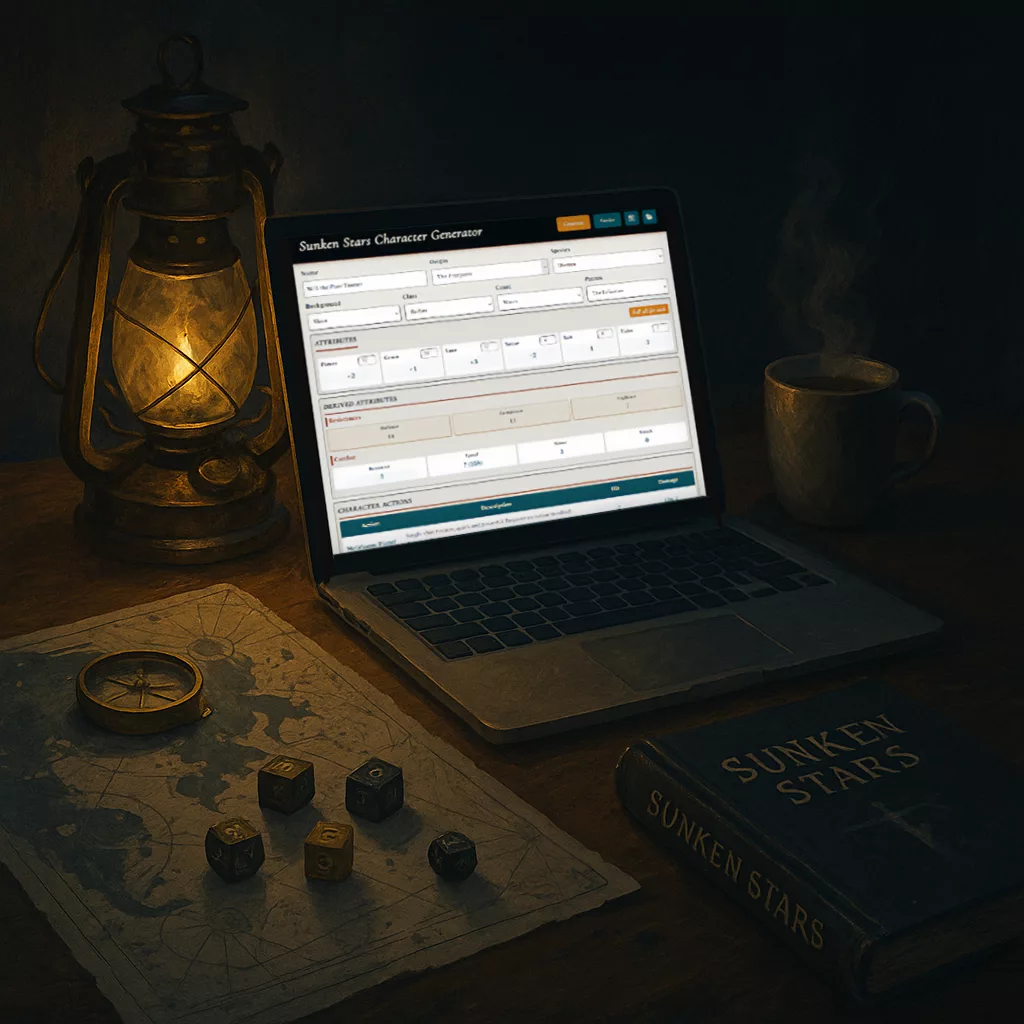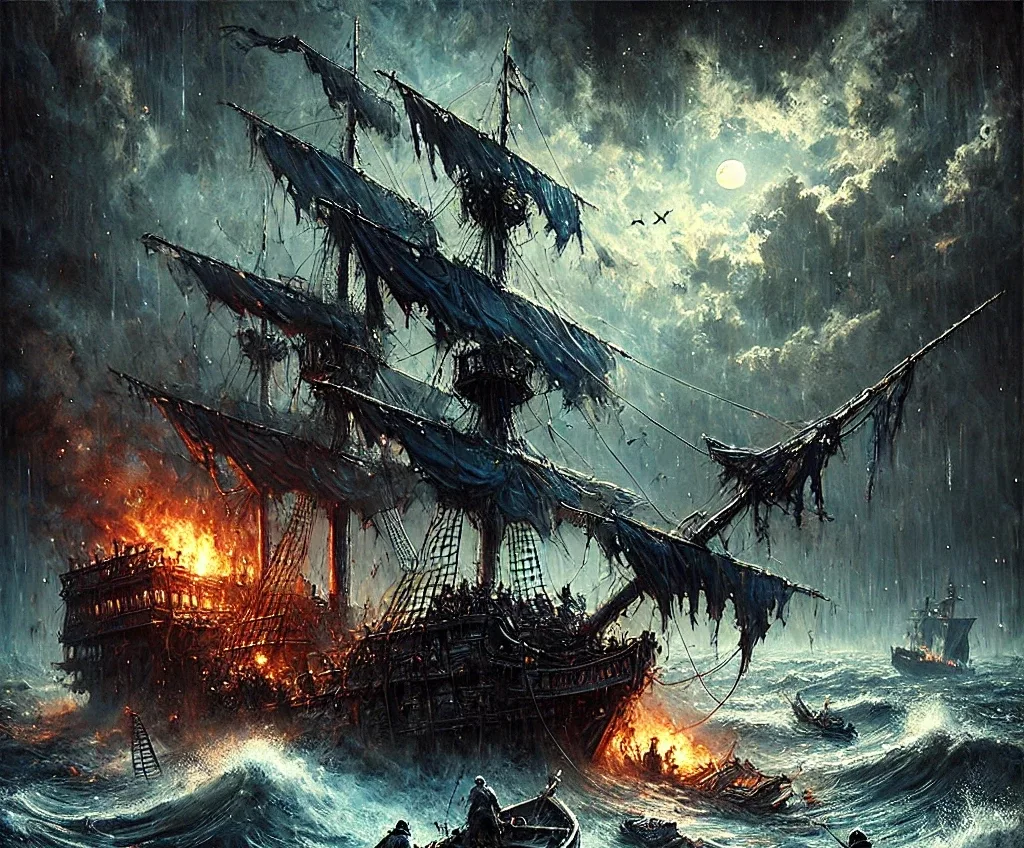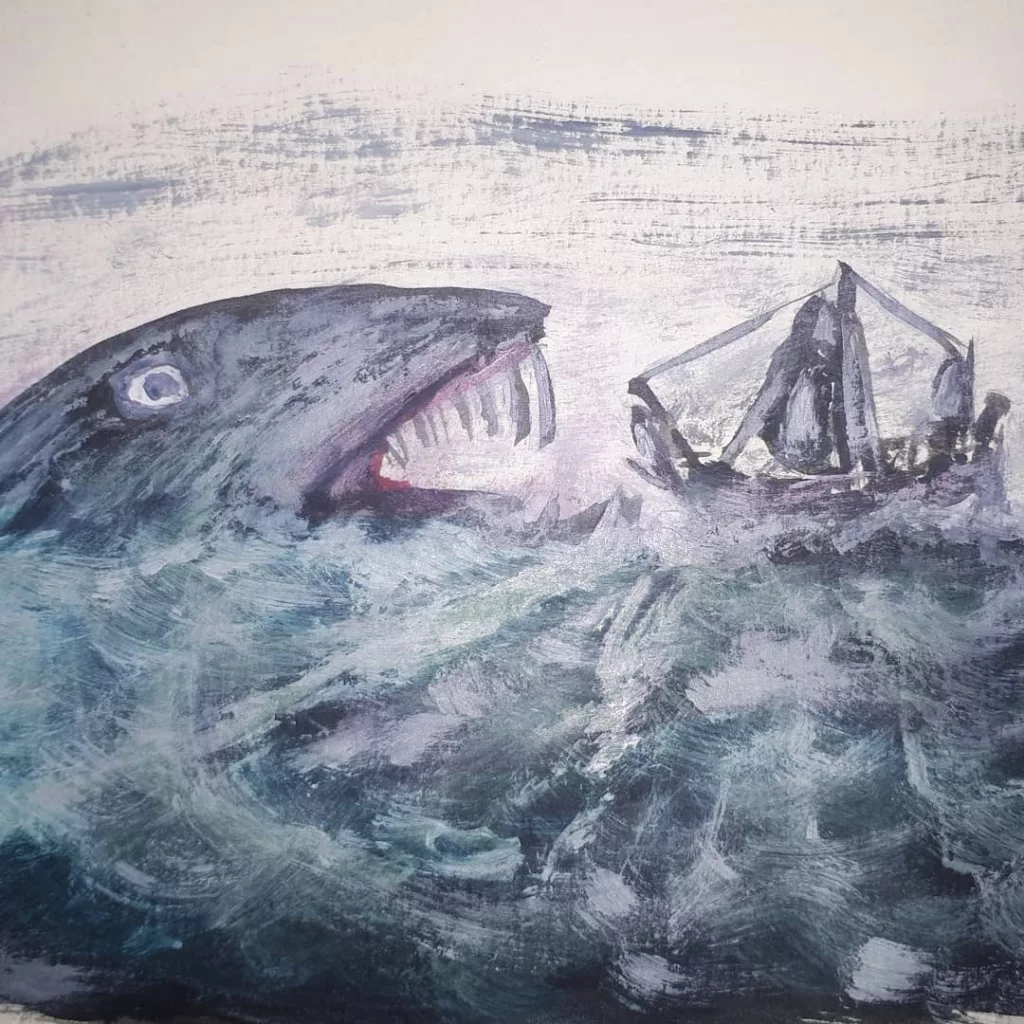The Man under the Ash
I went down a rabbit hole of Brussels lore and mysticism recently, and along the way I got inspired by the strata of city that at some point burned down, or the parts of the river Senne that were buried because of its foul stench. This converged into the Man under the Ash, a demon […]





